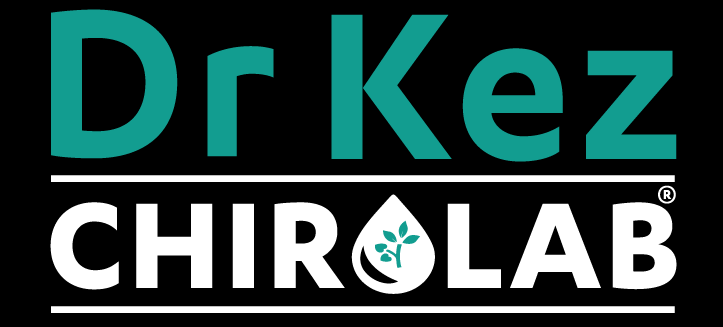
Jaw tightness - dry needling of the face for some relief
The temporo-mandibular joint (TMJ) is a joint in your skull positioned just in front of your ears that allows your mouth to open and close. A sequence of muscles, ligaments, cartilage, and even a disc support the joint. It's a tricky joint that may cause a variety of issues, including clicking, locking, migraines, neck discomfort, and even difficulty in eating.
In the video
00:01 - Introduction and what video is going to be about
03:45 - Information
09:47 - What's the difference between dry needling and acupuncture needles?
11:33 - Information about Free club
13:11 - What does the twisting of the needles do?
16:07 - Information

00:01 - Introduction and what video is going to be about
Jabbing Em with some needles in face for a TMJ issue for some relief, after we've completed this and removed the needles, she'll be able to provide input on how much she appreciated or disliked the experience.
Advice- Do not laugh or open your mouth.
03:45 - Information
- When we insert a needle into a muscle, it sometimes produces a twitch reaction, which is similar to an involuntary, very little contraction and is always a positive indication. This indicates that trigger points are quite active.
- These needles are really very fine. All dry needles and acupuncture needles are very fine.
- The other muscle which contributes to the contraction of your jaw is the temporalis muscle (located above the ear).
- Once inserted, we twist the needles, to lock them onto the lactic acid trigger point. Once you've done that, gently agitate them to assist the lactic acid to flow out of the muscle. Lactic acid is a waste product of muscular action that can become trapped in the muscle when you are agitated and clench your jaw a lot, or grind your teeth at night.
- Different intensities of the needles simply reflects the amount of tension inside that muscle. It's essential not to move your jaw muscles while the needle is in there, regardless of where it is. If it's in your thigh or something, you don't want to move the muscle while the needle is in there because it's painful to have a needle in there and contract that muscle, which is why it's important not to talk or laugh during this treatment.
09:47 - What's the difference between dry needling and acupuncture needles?
The end goal of the two modalities is quite different. With dry needling, we aim to discover lactic acid within a muscle and assist the body get rid of it through. Whereas Acupuncture, places their needles in specific locations that run along the Chinese Meridian points, for the purpose of enhancing energy flow throughout the body's systems. Sometimes they're in the same place, but just coincidentally, and not for the same reason.
11:33 - Information about Free club
Visit drkez@drkezchirolab.com for details
13:11 - What does the twisting of the needles do?
The twisting secures the needles into the lactic acid within the trigger point, allowing me to be able to agitate it by gently moving the needle. Otherwise the needles will pull in and out when I do the treatment and have no effect on the lacti acid. Whereas, when it's locked on, it won't pull in or out. It just locks on, so when I agitate the needle, it will literally move the trigger point, flushing the lactic acid out of the muscle and into the surrounding tissue, for the body to then eliminate it.
16:07 - Information
- Because there is so much blood flow in that area, the small needles in the face and head region, sometimes have a little lump on them and produce a little bruise. So you wouldn't go to your practitioner the day before you're going to get some photographs taken or anything like that.










